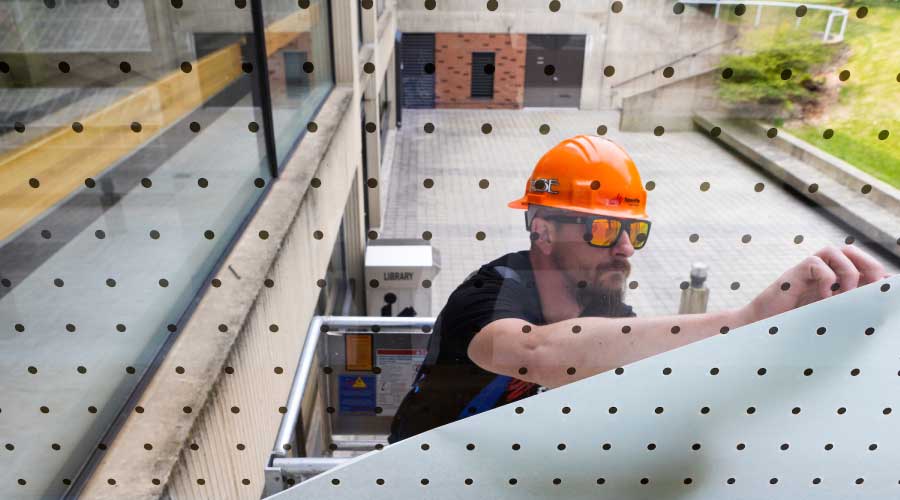Don't Overlook Window Frames As Energy Savers
Another area of technology development is the ever-less-humble window frame. Louis says he believes frames are where the industry will have the greatest success in coming years. "New frame materials are on the cutting edge of fenestration development, particularly as manufacturers continue to develop glass-fiber and composite technologies," he says.
Fiberglass frames have been on the market for several years. "Glass fiber offers equivalent strength to aluminum, it can be finished using a variety of standard paints, but it offers a higher level of thermal performance," says Louis.
Because newer frame materials are still a relatively young technology, there is not a wide variety of profiles or styles available, according to Louis. But he says he anticipates demand will increase when thermally efficient frames are mandated by codes and LEED and specified by consumers.
Manufacturers are testing low-e coatings on standard frame materials, such as aluminum, according to McGowan. "Some manufacturers are experimenting with material that will reduce the emissivity of an aluminum frame," he says.
The phrase "thermally broken" might sound like a bad thing. The reality, however, is much different. When insulated glass was initially being developed, manufacturers knew they had to keep panes of glass separated. Aluminum spacers commonly were used because of their low cost and acceptable structural properties. But aluminum's inherent thermal conductivity degraded potential performance, so other materials were used.
Since then, hybrid designs have been developed. These warm-edge technologies often include insulating glass spacers. They can be open-channel metal, non-metallic, fiberglass or have "thermal breaks." The net result is that the edge of a pane of glass in a window assembly has a limited ability to transmit thermal losses. "[Warm edge] is a constantly evolving technology that holds a great deal of promise," says Louis.
Nevertheless, he notes, the technology does not currently appear to offer the same long-term reliable performance as low-e technology.
Related Topics:











